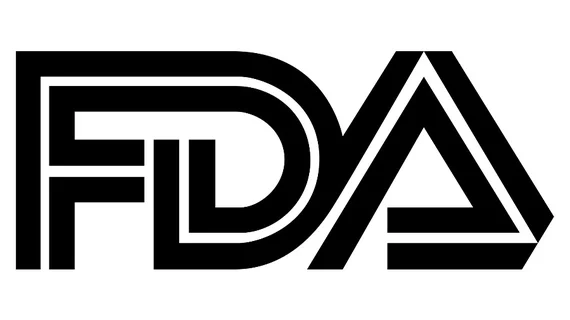Integrated embolic protection system approved for carotid stenting
The FDA has approved Contego Medical’s Paladain Carotid PTA Balloon System, the first approved embolic protection device to contain both a carotid angioplasty balloon and an integrated filter.
Contego Medical announced the news Sept. 18, saying it is the first system used for carotid stenting that allows physicians to adjust the size of the embolic protection filter in vivo to match each patient’s anatomy. It is indicated for percutaneous transluminal angioplasty (PTA) in the carotid arteries with capture and removal of embolic debris, as well as post-dilatation of self-expanding stents in the carotid arteries with removal of embolic material.
The Paladin System already has CE mark approval and has been used in more than 1,400 European patients, according to the press release. It has also been studied in 106 registry patients receiving various types of stents, with zero procedural strokes and a 30-day risk of 0.9 percent for death, stroke or myocardial infarction.
"Minor stroke continues to be the Achilles’ heel of carotid artery stenting, which occurs as a result of micro-embolization during the procedure," William Gray, MD, system chief of the Division of Cardiovascular Disease at Main Line Health in Wynnewood, Pennsylvania, said in the release. "The Paladin System offers optimized micro-embolic protection during the most vulnerable aspects of the procedure, without additional device transitions or procedural time."

